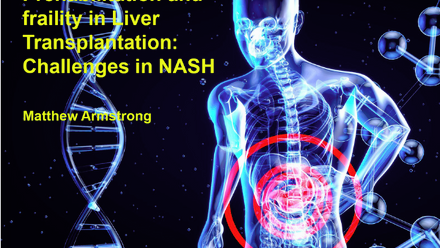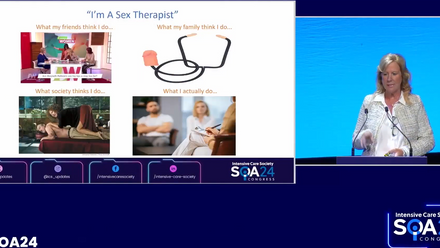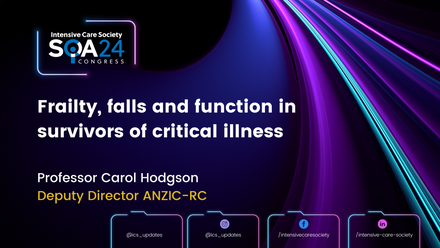The consequences of critical illness on neuromuscular function are well document. Polyneuropathy, myopathy and muscle atrophy are common, and are collectively known as Intensive care unit acquired weakness (ICUAW). ICUAW affects around 40% (95% CI 38–42%) of critically ill patents (Appleton, 2016).
ICUAW presents as bilateral muscle weakness, reduced deep tendon reflexes, and sensory loss (in the neuropathic patient) that develops during an ICU admission with no other identifiable cause except the acute illness or its treatment (Hermans, 2015). The rate of muscle loss can be as high as 2-3% per day in those with multi-organ failure (Puthucheary, 2013). ICUAW is associated with worse acute outcomes, longer duration of mechanical ventilation, higher healthcare-related costs, and higher mortality one year after ICU admission (Desai, 2011; Hermans, 2014).
The aetiology of ICUAW is multifactorial. Severe infection and sepsis are key drivers of ICUAW. This inflammatory cascade leads to axonal degeneration, impaired muscle membrane excitability, altered calcium homeostasis, bioenergetic failure, skeletal muscle inflammation, myonecrosis and bioenergetic failure (Hermans, 2015). Prolonged periods of enforced bed rest and the use of medications such as neuromuscular blocking agents perpetuate the problem (Dos Santos, 2016).



